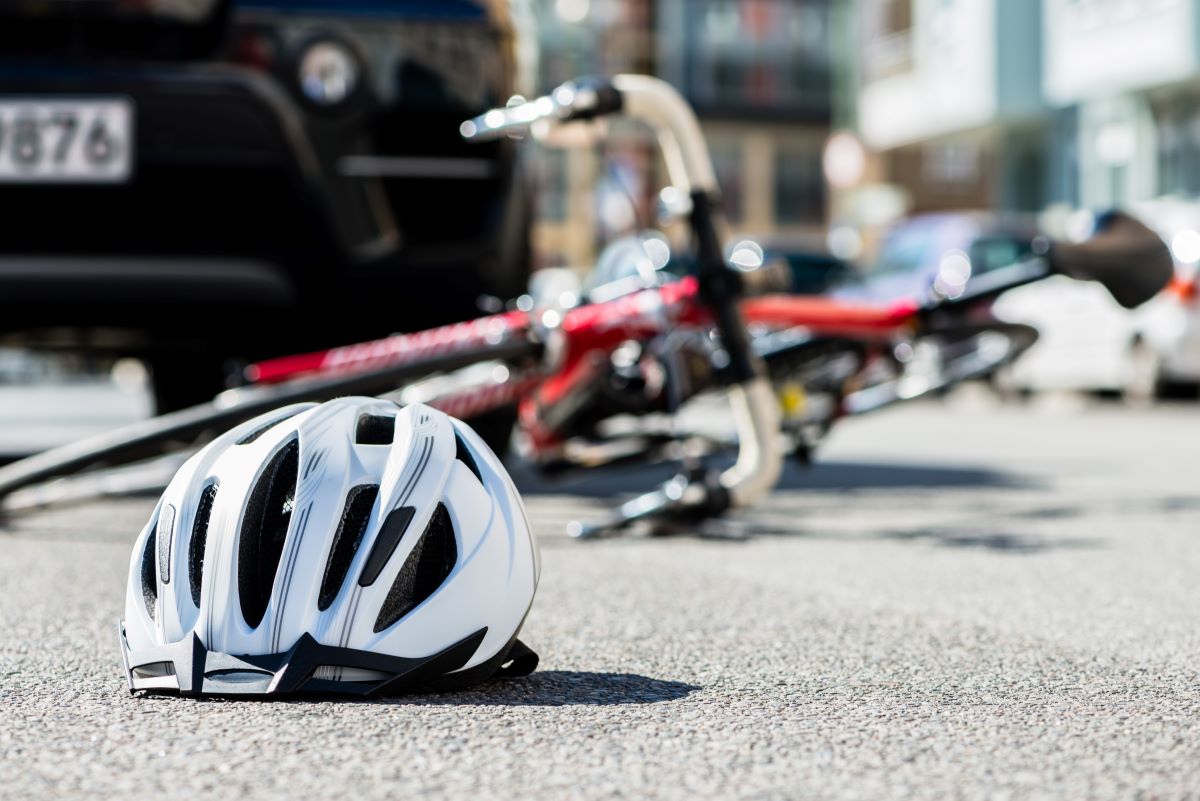Washington Bicycling Safety Tips from Accident Attorneys


Bicycle riding is increasing substantially in the United States, and provides good recreation and exercise. Also, with rising fuel costs, many people are turning to cycling as a way to commute to work. Cycling, particularly in traffic, carries certain risks. According to NHTSA and DOT statistics, 726 cyclists died in traffic in 2011 and another 48,000 were injured. By taking a few safety precautions, you can greatly reduce your risk of becoming one of these statistics.
1. Securing Your Ride: The Importance of Helmets
Statistics from the US Department of Transportation underscore the paramount importance of wearing helmets while cycling. Shockingly, 91% of bicycle fatalities in 2009 involved riders without helmets. Head injuries from cycling accidents surpass those from football, baseball, and skateboarding combined. Ensuring that both adults and children wear properly fitted helmets significantly reduces the risk of serious injury or fatality.
2. Navigating Traffic: Rules of the Road
In Washington State, cyclists are bound by the same rules and regulations as motorists. Compliance with traffic laws is not only mandatory but also fundamental to ensuring road safety. Stop signs and red lights demand adherence, enhancing cyclist safety and fostering harmonious traffic flow. Avoid the perilous practice of passing stopped vehicles on the right, opting instead to maintain alignment with traffic.
3. Hand Signals and Lane Positioning: Communicating Intent
Utilizing hand signals to indicate turns and stops, as mandated by RCW 46.61.758, enhances cyclist visibility and promotes safer interactions with other road users. While riding, cyclists should maintain a position near the right side of the lane, allowing ample space for maneuvering and mitigating the risk of collision with roadside obstructions.
4. Bike Lanes and Bike Paths: Navigating Safely
Bike lanes offer added safety for cyclists, yet caution is warranted, especially at intersections where turning vehicles may pose a threat. Bike paths, while removed from traffic, present their own set of risks, including collisions with oncoming cyclists and pedestrians. Adhering to speed limits, riding single file, and wearing helmets are essential precautions when traversing bike paths.
5. Safety Precautions: Three Non-Negotiables
Alcohol and cycling are a dangerous combination, increasing the risk of accidents exponentially. Similarly, distractions such as texting or talking on cell phones compromise rider safety. Maintaining auditory awareness is vital, necessitating the avoidance of cycling while using electronic devices.
Hiring a Yakima Personal Injury Attorney
As cycling gains popularity as a mode of transportation and recreation, prioritizing safety is paramount. By adhering to traffic laws, wearing helmets, and exercising vigilance, cyclists can embark on their journeys with confidence and peace of mind. Let’s pedal responsibly, embracing the joy of cycling while safeguarding our well-being on the roads and bike paths alike.
Contact us or give us a call at 800-927-2845 to get started.